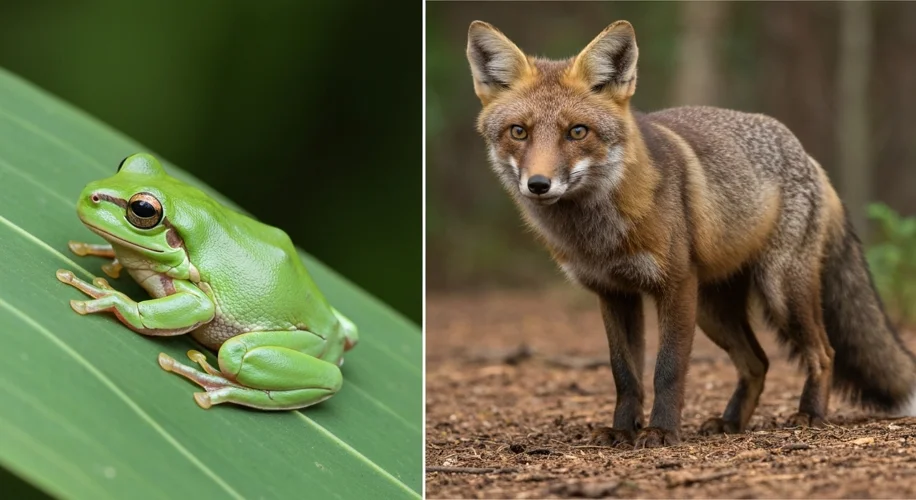Have you ever looked at a frog, a lizard, or a parrot and noticed how vibrantly green they are? It’s a common sight in the animal kingdom. Now, think about mammals. Foxes, bears, mice, even us humans – we’re generally shades of brown, black, white, or gray. So, why the big color difference? Why are there barely any green mammals?
It all comes down to evolution and the way animals get their colors.
The Pigment Problem for Fur
Most green in the animal world comes from pigments. Reptiles, amphibians, and birds often have specialized cells called chromatophores that contain pigments like carotenoids and melanins. These can be layered and manipulated to create greens, blues, and yellows. Some birds, like parrots, get their vibrant colors from the way light bounces off the microscopic structure of their feathers – this is called structural coloration.
Mammals, on the other hand, have fur, which is made of keratin, the same stuff as our hair and nails. The primary pigment in mammalian fur is melanin. Melanin is excellent at producing blacks, browns, and grays. To get colors like red or yellow, mammals often rely on diet (like carotenoids from plants), but these don’t easily translate into a stable, vibrant green in fur.
But it’s not just about having the right pigment. Even if a mammal could produce a green pigment for its fur, would it be an advantage?
The Evolutionary Trade-Offs
Green is fantastic camouflage in leafy environments. Frogs and lizards blend into foliage, and birds can hide amongst the leaves. This is a huge survival advantage.
For mammals, green fur might actually be a disadvantage. Think about where most mammals live. Many are ground-dwelling, nocturnal, or live in habitats where greens aren’t always the dominant color, especially during the times they are most active. A bright green coat might stand out against bark, soil, or rocks, making them an easy target for predators.
Furthermore, producing and maintaining complex pigments can be metabolically expensive. Evolution favors traits that offer the most benefit for the least cost. For mammals, the coloration provided by melanin has proven sufficient for camouflage and signaling in their diverse environments.
There are a couple of rare exceptions, though! The sloth, for instance, often has a greenish tint to its fur. However, this isn’t due to green pigment. Algae actually grow on the sloth’s fur, providing a form of camouflage. It’s a fascinating symbiotic relationship, but it’s not the mammal itself producing the green color.
So, while green is a beautiful and effective color for many creatures, the biological mechanisms for producing it in fur, combined with the evolutionary pressures mammals face, mean that a green coat isn’t a common trait in the mammalian world. It’s a great reminder of how diverse and creative evolution can be!

